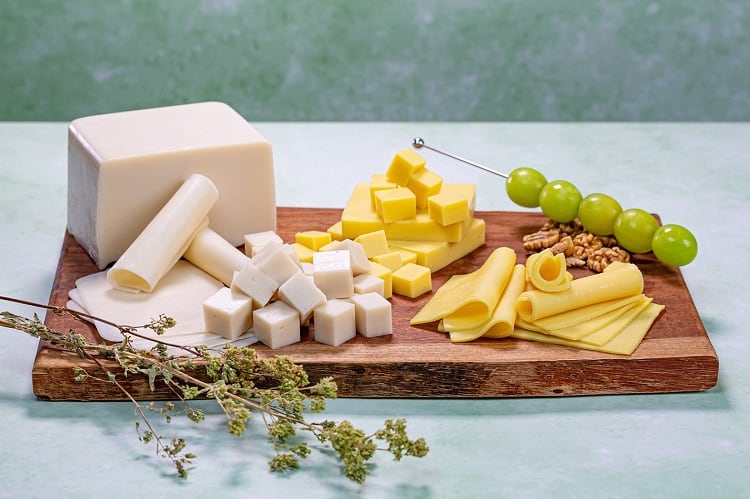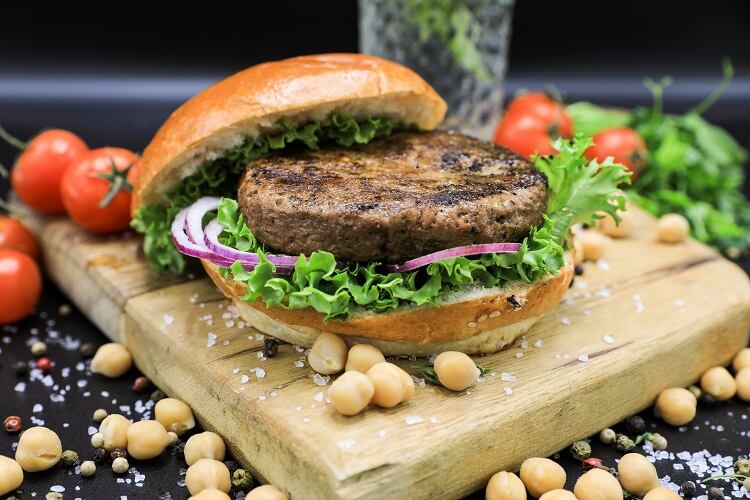“We’re very interested in PepsiCo evolving our portfolio from where it’s at now to something that is healthier. So, we are looking at it by a variety of ingredients, one of which is chickpea,” which is a nutrient dense ingredient that can be incorporated into a various products, Colin Rehm, a senior principal scientist at PepsiCo, told FoodNavigator-USA.
He explained chickpea-based snacks have grown significantly in recent years, including as a star ingredient in PepsiCo’s Off The Eaten Path crisps, which company CEO Ramon Laguarta called out during the company’s fourth quarter earnings call last February as a “great example” of the company’s expanding portfolio of better for you snacks. During the call, Laguarta said PepsiCo likes chickpeas “a lot” as a different substrate for snack innovation in part because it has high nutritional values.
Chickpea consumption in the US doubled between 2003 and 2018
Rehm added the company is looking at chickpeas in part because there is growing consumer interest in the legume, and yet still significant runway for innovation and increased penetration of the ingredient in the American diet.
According to research Rehm presented at FNCE and helped conduct based on NHANES data from 2003 to 2018, chickpea consumption among US doubled from 1.9% between 2003 and 2006 to 4.5% between 2015 and 2018. Much of this growth can be attributed to an uptick in hummus consumption in the US, which increased from 1% to about 3% in the same time periods.
A deeper dive into who eats chickpeas reveals that the legume’s appeal is “fairly evenly split” by gender and the increase in consumption was consistent across age, race, education and income levels.
That said, chickpea consumption was highest among individuals with higher incomes, higher education and higher physical activity levels – a desirable demographic for better-for-you snacks, which often sell at a premium and trade on health benefits.
“This is one of the most interesting findings from this study. So, despite chickpeas being a relatively affordable, nutrient dense food, it is consumed most by people who have the most resources, whether that is the most education or the highest incomes,” Rehm said. “It may be chickpeas are perceived by some individuals as being a premium type food, even though the ingredient is relatively low cost. So, that is an important myth or misconception to potentially address” to increase consumption and appeal.
Rehm’s analysis also revealed that consumers who eat chickpeas tend to have a healthier diet overall, with higher rates of consumption of fiber, whole grains and magnesium and lower rates of consumption for added sugar and sodium, which might suggest the types of on-pack claims that would resonate with them.
Chickpeas check sustainability, health trends
While Rehm acknowledged that chickpea consumption in the US is still relatively low, he suggested there is significant potential for consumption to increase given the legume aligns with several emerging trends – including an increased interest in plant-based and more environmentally sustainable diets.
“Chickpeas have really hit that spot well. They are a good source of protein and from an ag perspective, they have many traits that make them a good sustainability crop that be grown in many regions of the world,” he explained.
He added that despite the common perception of chickpeas as premium, they also are appealing because they are affordable, which is attractive to both businesses trying to manage costs and consumers who are still feeling the sting of inflation and looking to stretch their budgets.
Room for innovation
Currently, chickpeas are primarily consumed in the US during lunch or as snacks, but Rehm argues there is still room for innovation to further drive penetration during these occasions.
He explained that the texture and versatility of chickpeas make it easy to include in creamy and crispy products and that it pairs well with other ingredients and finished products.
He also notes innovators may need to overcome misconceptions about chickpeas to expand their appeal, including the perception that chickpeas are a premium food, when in reality they can be inexpensive and accessible.



